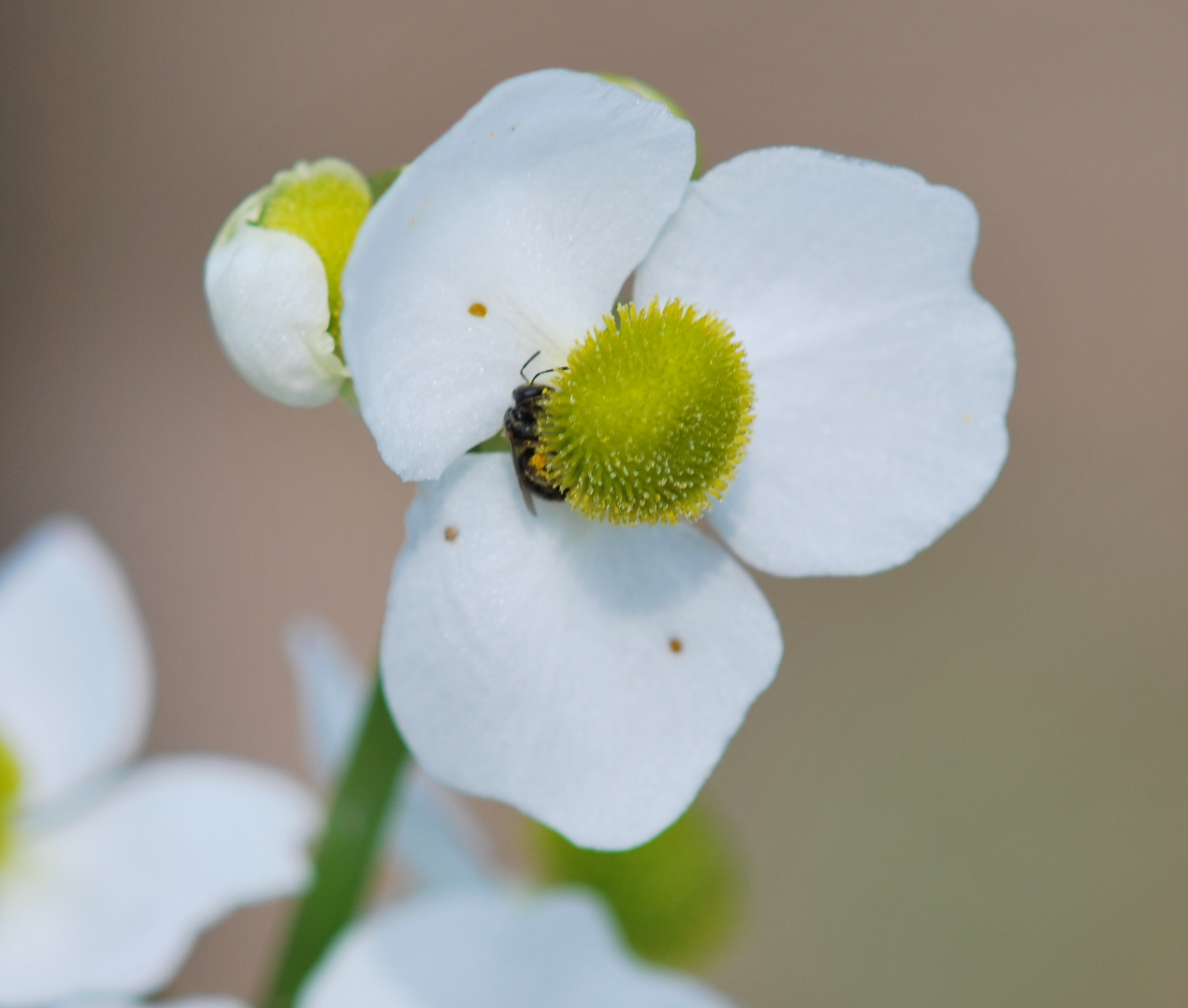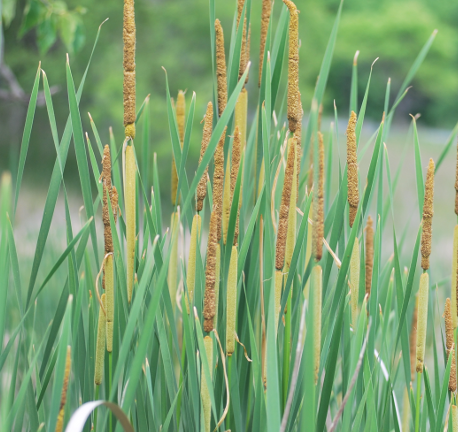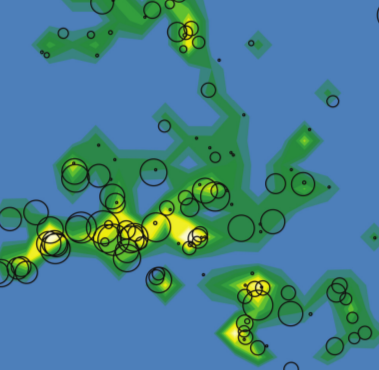
Evolution and ecology of combined vs. separate sexes
Separate sexes have evolved from hermaphroditism up to 5000 times in the flowering plants alone. The transition from from hermaphroditism to separate sexes represents a major change in the way organisms reproduce; individuals give up the ability to be a maternal and paternal parent to their offspring and specialize as a female or a male. Our recent research has focused on how and why males evolve, testing core elements of sex-allocation theory.


